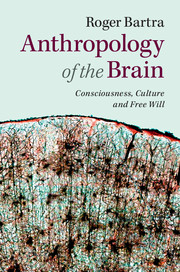14 - The hands of Orlac
Published online by Cambridge University Press: 05 June 2014
Summary
In the spring of 1924, the premiere of The Hands of Orlac, one of the gems of Expressionist film, made such an impression on its Austrian audience that when it was over many of them began to cry out in anger. The lead actor, Conrad Veidt, had to go up on the stage to explain how the filming had been done. The great actor, with his commanding presence and voice, managed to calm the viewers that had been stirred up by the silent film. The Hands of Orlac tells the story of a famous concert pianist, Paul Orlac, who loses his hands in a horrific railway accident. A surgeon transplants the hands of a murderer, who has just been decapitated, onto the pianist. Orlac is plagued by the sensation that his transplanted hands are taking over his mind and driving him to commit crimes. His physician explains that he will be able to control the criminal impulses emanating from his new hands by exercising the power of his will. The film is a great dramatic representation of the struggle between the dominating force arising from a part of his body, the hands, and the willpower that must govern the pianist’s consciousness. Orlac feels that the hands have taken command of his mind. When his father, whom he hates, is murdered, the pianist is convinced that he was the one who fatally stabbed him, but he has no recollection of the act itself. Apparently, the savage power of the transplanted flesh was capable of directing the mind of the pianist.
- Type
- Chapter
- Information
- Anthropology of the BrainConsciousness, Culture, and Free Will, pp. 113 - 117Publisher: Cambridge University PressPrint publication year: 2014

